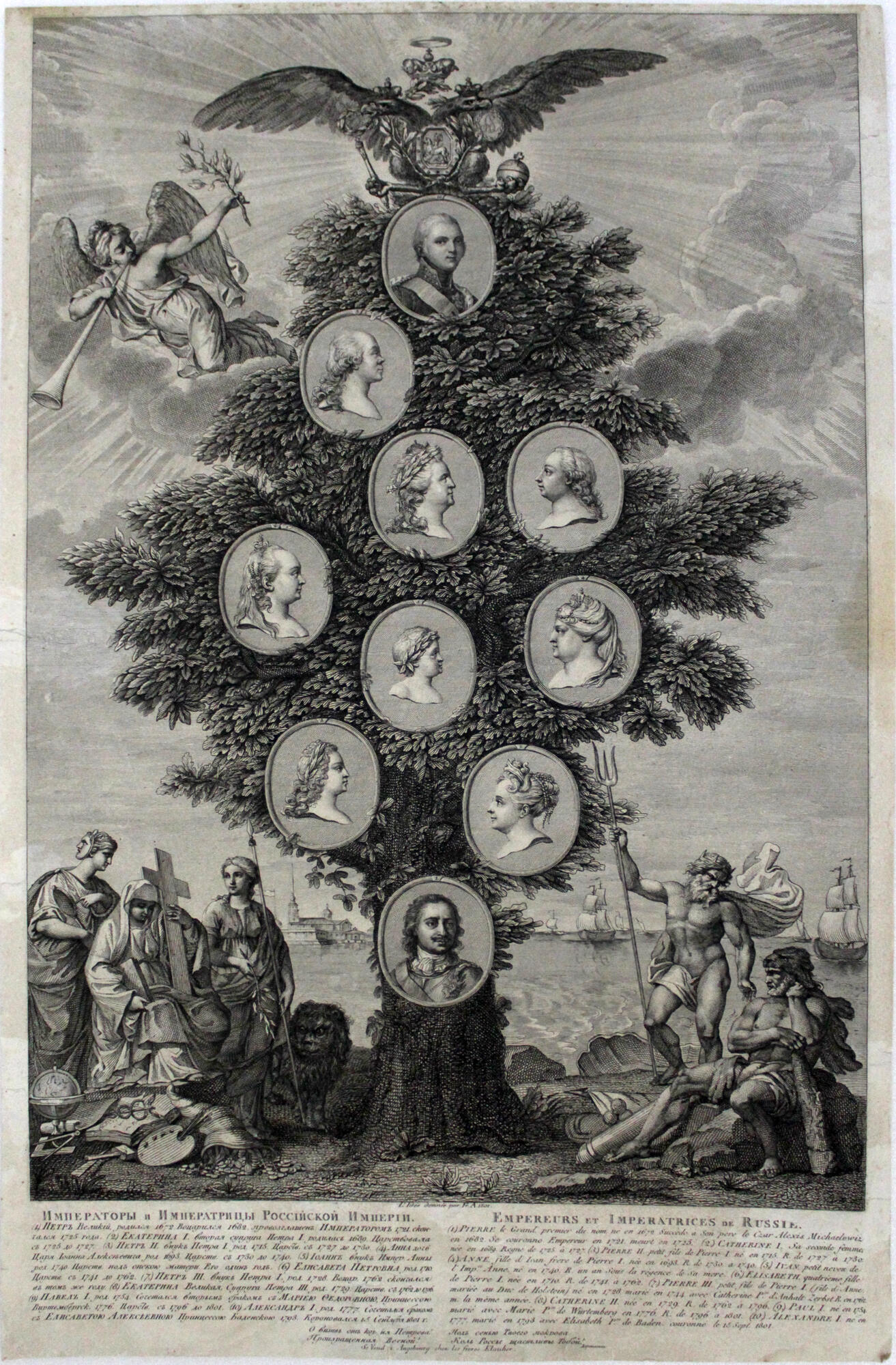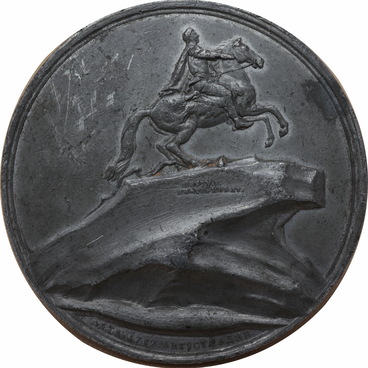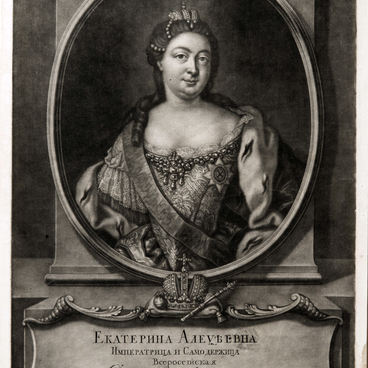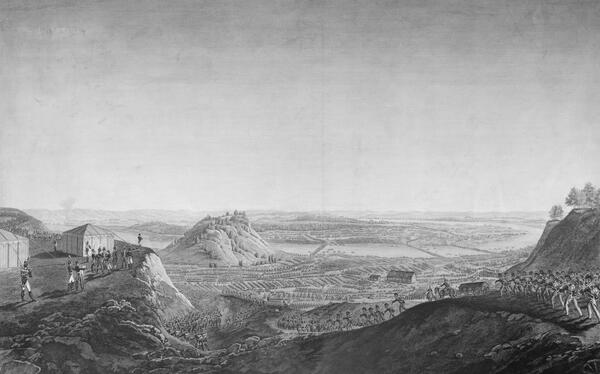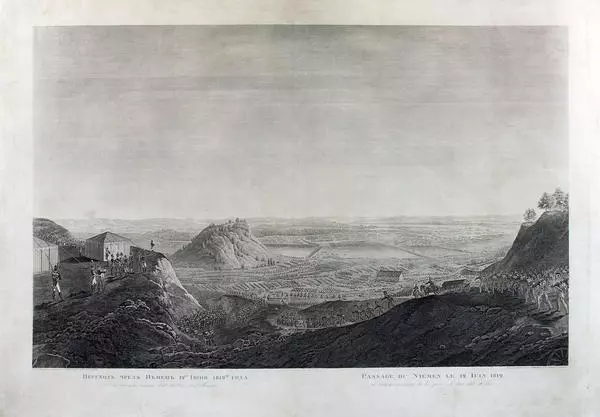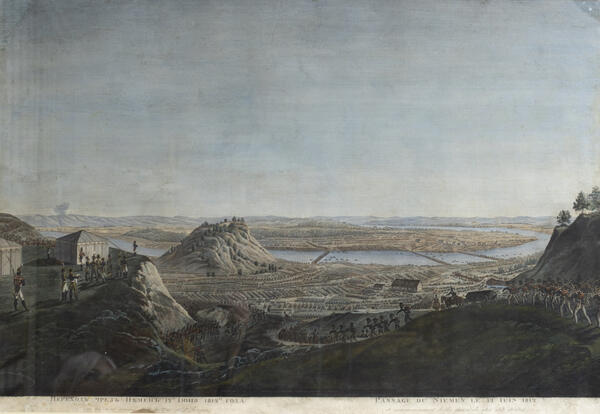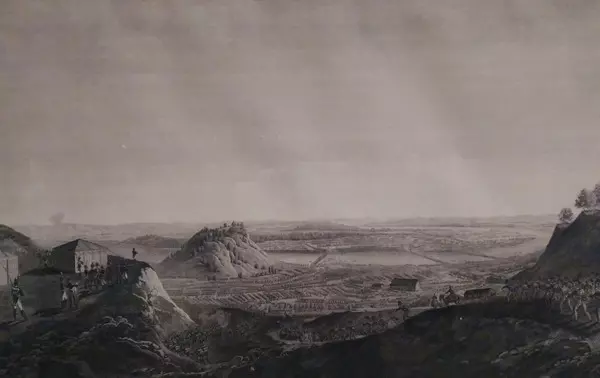Under Catherine the Great, guest experts from foreign countries played an important role in the development of Russian science and art. One of them was the Augsburg engraver, portrait painter and student of Johann Georg Wille, Ignaz Sebastian Klauber.
In 1796, he was invited to St. Petersburg by the third president of the Imperial Academy of Arts, Count Alexei Ivanovich Musin-Pushkin, where he would assume the role of professor of engraving. Having signed a three-year contract with an annual salary of 1,200 rubles, an apartment and the right to take commissions from third parties, he soon recruited a class of students, actively worked on orders, and in 1797 he was appointed adviser to the Academy.
In 1799, by decree of Paul I, a landscape engraving class was founded, in which some of Klauber’s students were accepted. The academic authorities tried to promote“bringing this new kind of art into a flourishing state” , and Ignatius Sebastian had to “prepare new artists-engravers, to replace those currently graduating the Academy”.
Klauber remained in the Russian Empire for the rest of his life. According to researchers, he was inferior in artistic skill to Georg Friedrich Schmidt, but his works were of greater importance to the development of Russian engraving. Klauber brought up such talented students as Ivan Vasilyevich Chesky, Egor Osipovich Skotnikov and Nikolai Ivanovich Utkin. Together they made the engraving of the family tree “under the supervision” of their mentor.
The sheet shows ten medallions with chest-length portraits of Russian emperors and empresses placed on a palm tree surrounded by allegorical figures.
The number of names in the inscription in the lower part of the engraving does not correspond with the number of portraits — only those emperors and empresses whose reign had a visible impact on the development of the Russian Empire are named: Peter I the Great, Catherine I and Peter II, under whom Prince Alexander Menshikov was the de-facto ruler; Elizabeth Petrovna, who continued her father’s policies; Peter III, Catherine II the Great, who made the Russian Empire one of the most influential world powers; and Paul I. The family tree is crowned with a portrait of Alexander I, the future Alexander the Blessed, who acceded to the Russian throne in 1801.